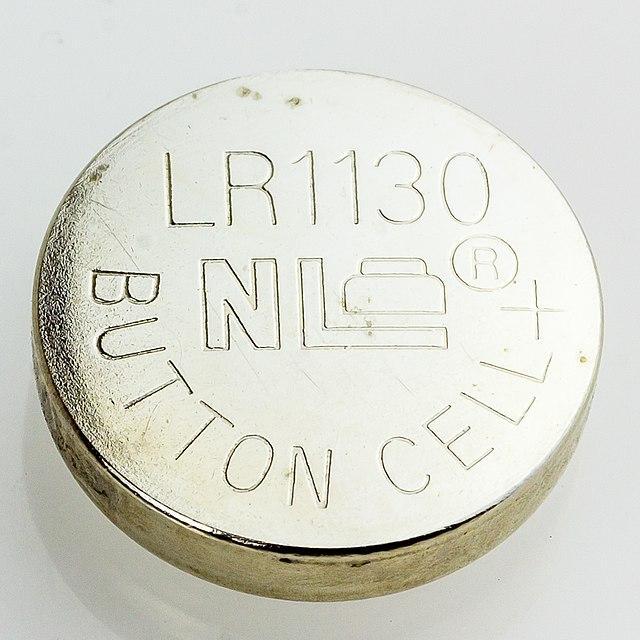Button or coin-sized batteries are small and powerful, but they can also be incredibly dangerous for children. Every year, thousands of children are hurt by ingesting or coming into contact with these batteries. In order to protect your child from the dangers of button batteries, it is important to understand the risks and take the necessary precautions.
Swallowing a button or coin-sized lithium battery can be extremely harmful for a human being. When a battery is ingested, it can get stuck in the esophagus or other parts of the digestive tract, causing serious injuries. The most common injuries caused by swallowing a button battery are chemical burns. The battery’s electrolyte material, which is usually a liquid or paste, can cause an electrical current that generates heat when it comes into contact with bodily fluids. This heat can cause severe burns to the esophagus and other parts of the digestive tract.
Once a battery is stuck in the esophagus, it can cause severe burns in as little as two hours. These burns can be fatal if not treated immediately. In addition to the burns, a stuck battery can also cause blockages in the digestive tract, which can lead to other serious health complications. The longer the battery stays in the body, the greater the risk of these complications.
According to the National Safety Council, more than 3,500 children are treated in emergency rooms each year due to button battery-related injuries. These injuries can be serious and even life-threatening, as the batteries can get stuck in the esophagus and cause severe burns. In order to prevent these types of injuries, it is important to take the following steps:
- Look in your home for items containing coin-sized or button batteries. This includes items like remote controls, calculators, and hearing aids.
- Select batteries that are child-resistant. These batteries are designed to be more difficult for children to open, which can help prevent accidental ingestion.
- Lock away loose or spare batteries. Keep them in a locked cabinet or drawer to ensure that children cannot access them.
- Put devices containing button batteries out of the reach of small children. Keep them on high shelves or in locked drawers to ensure that children cannot reach them.
- Be mindful of the toys belonging to older children that might contain button batteries. Keep in mind that older children’s toys may also contain these batteries and should also be kept out of the reach of younger children.
- Share this information with caregivers and babysitters. Make sure they are aware of the dangers of button batteries and the steps that need to be taken to prevent injuries.
If a child or an adult has ingested a button battery, it is crucial to seek medical attention as soon as possible. The treatment for a swallowed battery will depend on the location of the battery, the length of time it has been in the body and the symptoms of the person. The most common treatment is endoscopic removal of the battery, but in some cases surgery may be required. In case of an emergency, it is important to act quickly. If you suspect that your child has ingested a button battery, call 911 immediately. If the battery is stuck in the esophagus, it can cause severe burns in as little as two hours, so it’s crucial to seek medical attention as soon as possible.
In conclusion, button batteries are small and powerful, but they can also be incredibly dangerous for children. Every year, thousands of children are hurt by ingesting or coming into contact with these batteries. It is important to understand the risks and take the necessary precautions to protect your child. By taking the steps outlined in this article and being mindful of the dangers, you can help ensure the safety of your child and keep your home free from the dangers of button batteries.


